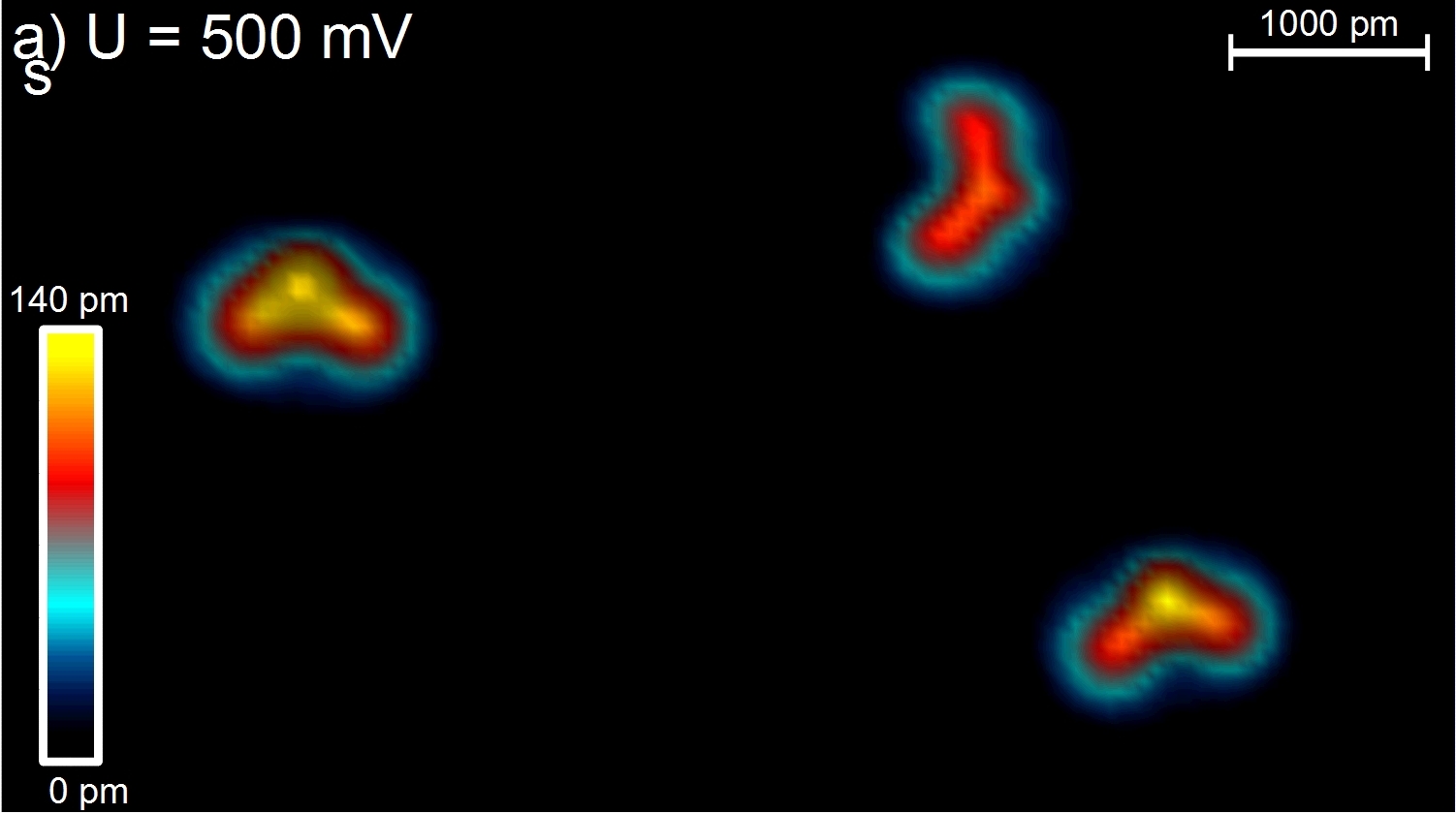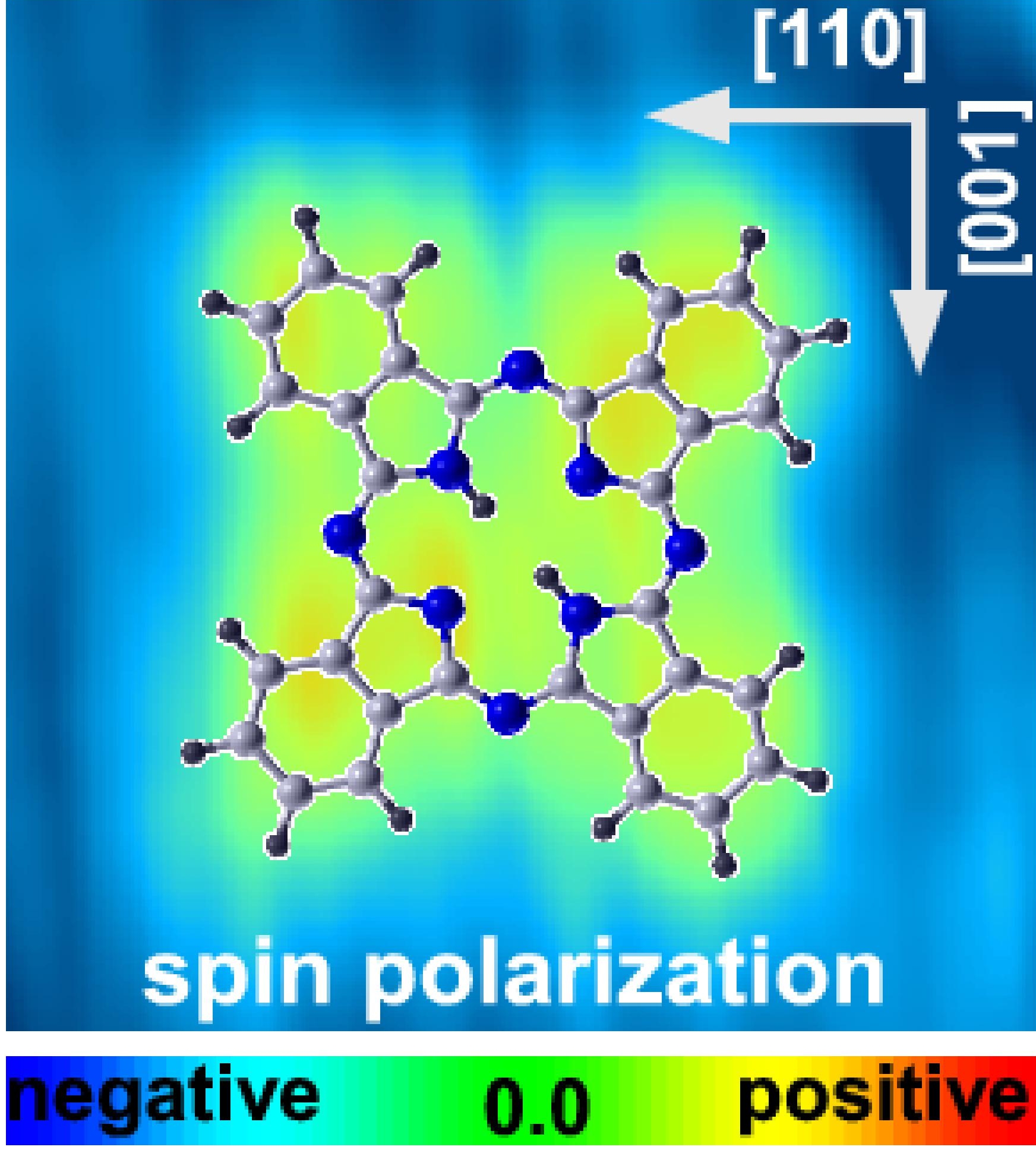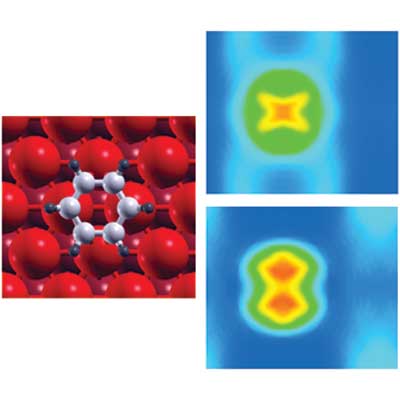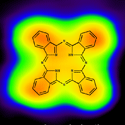-------- 2010 --------

Physical Review B - Editor's Suggestion
Controlled sequential dehydrogenation of single molecules by scanning tunneling microscopyNadjib Baadji, Stefan Kuck, Jens Brede, Germar Hoffmann, Roland Wiesendanger, and Stefano Sanvito
Phys. Rev. B 82, 115447 (2010)
Nature - News & Views (related to Phys. Rev. Lett. 105, 066601 (2010) & Phys. Rev. Lett. 105, 047204 (2010))
Surface science: Seeing the spin throughTraditionally, magnetism and organic chemistry have not shared the same laboratory. In recent years, however, the two disciplines have become closer to each other as interest has blossomed in studying organic molecules as a transport medium for electronic spins....
Nat. 467, 664 (2010)

Physical Review Letters - Editor's Suggestion
Design of the Local Spin-polarization at the Organic-Ferromagnetic InterfaceNicolae Atodiresei, Jens Brede, Predrag Lazic, Vasile Caciuc, Germar Hoffmann, Roland Wiesendanger, and Stefan Blügel
Phys. Rev. Lett. 105, 066601 (2010)

Cover Image Phys. Rev. Lett. Vol. 105, Issue 6
Spin polarization at 2.5 Å above a benzene molecule adsorbed on a Fe/W(110) surface (left panel) slightly below (lower right) and above (upper right) the Fermi level.Phys. Rev. Lett. Vol. 105, Iss. 6

Physics - spotlighting exceptional research
While organic materials are widely used in electronic devices such as LEDs and photovoltaics, the idea of incorporating organic molecules into spintronic devices remains in its infancy. To stimulate progress in this exciting new field, a more detailed understanding is needed of the electronic and magnetic properties of organic molecules adsorbed on ferromagnetic surfaces. In a paper appearing in Physical Review Letters, Nicolae Atodiresei and colleagues at the Forschungszentrum Jülich and collaborators at the University of Hamburg, both in Germany, address this issue using spin-polarized scanning tunneling microscopy (STM) and density functional calculations for organic molecules adsorbed on a magnetic iron-tungsten surface. They show that while the adsorbed molecule’s magnetic moment remains negligible, the occupied and unoccupied states just below and above the Fermi level are spin polarized. Surprisingly, this spin polarization induced in the molecule is opposite to that of the underlying metal film, and the degree of the spin polarization depends systematically on the strength of the bonding between the molecule and the surface. The spin polarization of states near the Fermi level makes the molecule act as a spin filter for electrons, which are supplied by the STM tip in the present work, but the tip could be replaced in the future by appropriate device structures. – Jonathan Mallett
Synopsis
Nature Physics - News & Views (related to Phys. Rev. Lett. 105, 047204 (2010))
Stefano Sanvito: Molecular spintronics: The rise of spinterface scienceLittle is known about the mechanisms that govern the injection of spins into organic molecules. A new study suggests that the metal/organic interface is key, paving the way for a new field in which interfaces are specifically designed for spin applications. This is this field of 'spinterface' science.
Nat. Physics 6, 562 (2010)